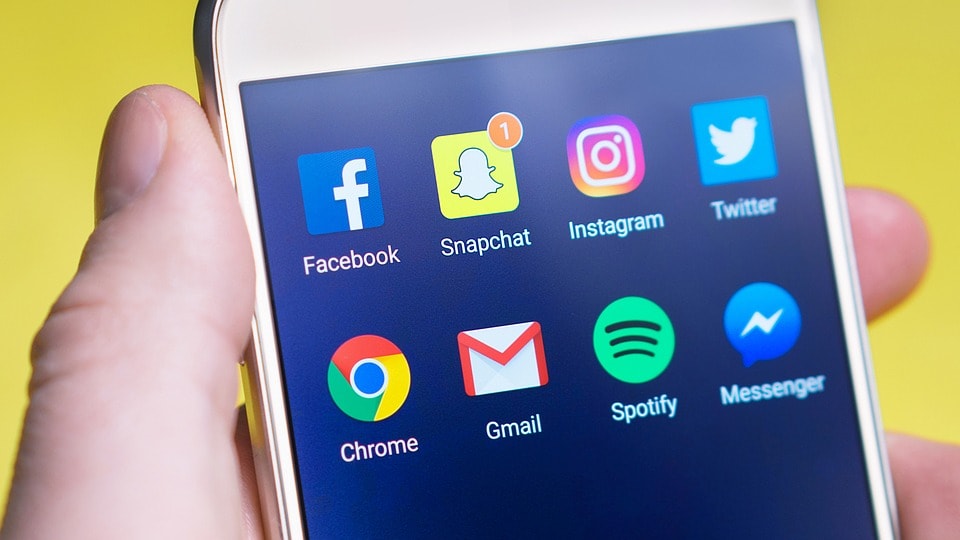Are you struggling to create buzz about your restaurant, bar, or cafe? Have you fallen behind in the digital age? Word of mouth has migrated to social media, with sharing of pictures and tagged comments. Social media is an essential, free, tool that allows you, as the restaurant owner or manager, to connect with your customers and share mouthwatering photos, new specials, and updates.
According to a study by Trip Advisor, only 17 percent of restaurants have a marketing employee. If you’re like 83 percent of restaurants then the social media is left to you, the owner or manager. You may not have a degree in marketing or even a personal Facebook page, but social media is user-friendly and starting small with some good pictures and updates will increase your business.
What is #FoodPorn?
Foodporn is the popular hashtag used for visually appealing or appetizing photos of food. Social media has changed the way customers think about their meal choices. Some customers want to eat at places they know will lead to great social media pictures. Chefs are having to pay attention to the meal presentation and how photogenic it is. Dillon Burke works with restaurant to make their menu items “Instaworthy.” His firm helps food trends go viral, and helps restaurants keep up with the trends.
What is a social media influencer?
49 percent of consumers seek “purchase guidance” from influencers. Social media influencers have heavy weight in their specific categories. They are seen as “experts” in their particular niche and have a large following. They can create new food trends with a snap of their iPhone or drive business with a good review.
Every restaurant needs a Facebook page, especially if it doesn’t have a website (read why your restaurant needs a website). Facebook has a broader age demographic, ranging from young millennials to their grandparents. Facebook is more business focused, and is a great platform for adding business details like hours of operation.
Perks:
- Built in “five star” review system to encourage new business
- “Call now” button so customers can call you directly from Facebook
- Customers can get easily directions to your business on their phone or computer
- “Send message” allows customer communication
- “Popular Hours” shows busiest hours for restaurant
- You can make event pages and invite customers
- Clickable link to website
- Easily add your menu
Instagram:
Instagram is a visual platform, made for photo sharing. It has recently upgraded to videos and live streaming. Instagram is a powerful social media tool for restaurants because it’s all photo-based. The user scrolls through feeds of pictures and short videos with minimal text. It should be updated daily, if not multiple times a day with mouthwatering pictures or cool behind-the-scenes pictures of staff or prep. Instagram is hot with the millennial demographic, who are visual and are more likely turn to social media when deciding where to eat.
Tips:
•Make your photos as professional looking as possible. You can take the pictures on an iPhone, you don’t need a fancy camera. It’s all about the lighting and staging. Read this article for some tips.
•Use relevant hashtags. Your hashtag strategy will depend on whether or not you’re a local business or a large franchise with one social media account for the entire brand. If you’re a local restaurant your hashtags should revolve around local cities, events, and always tag your location.
•Create your own hashtag so customers can tag you. You can put it in your description and encourage customers to take pictures of their favorite menu items and tag you in it.
•Make Instagram part of your branding. You can use it as a tool to help shape how customers feel about your establishment. You can give a “mom and pop” feel by showing the behind-the-scenes action or a very modern new-age feel with expert staging.
Twitter’s claim to fame is its 140 character limit. You can only post short bits of information at a time. Twitter should be used for updates on special and events, as well as photos and videos. Twitter can be updated more frequently than the other platforms because Twitter feeds move quickly. Your customer may follow 1000 different accounts and their feed will be updating constantly. Increasing the number of posts, boosts your visibility.
Google +
Google + isn’t as widely used as some of the other social media platforms, but you should still have an account to increase your search engine visibility. Add pictures, the correct address, hours, and any other information you can so when customers Google your restaurant the information will pop up on the right hand side of the page along with a map. Some of this information may be automatically generated by Google, if you haven’t made your Google + page yet. If you have time, post pictures, coupons, and other updates on this platform, but focus on Facebook, Instagram, and Twitter more.
SnapChat
Snapchat has the youngest demographic of the main social media platforms. It is similar to Instagram, it’s a visual platform. The main feature is that the pictures and videos stay up for 10 seconds or added to your “story” for 24 hours. You can send pictures and videos to a specific user or show it to all of your followers. You can add doodles and take pictures right in the app. It is a little more time consuming but is rewarding for businesses that are looking to connect with younger customers.
Social media can put your business on your map and help your business’s popularity. Taking the extra effort to create social media handles and stage photographs can help reach new customers. There are so many choices when deciding where to eat or drink, businesses are becoming more about their brand. Social media is a important way to brand yourself and show customers why they want to visit your place. Highlight the atmosphere, repost pictures of happy customers and good reviews, take mouthwatering pictures. Run a menu special that features a new food trend. Give your potential customers #FOMO, the fear of missing out.

